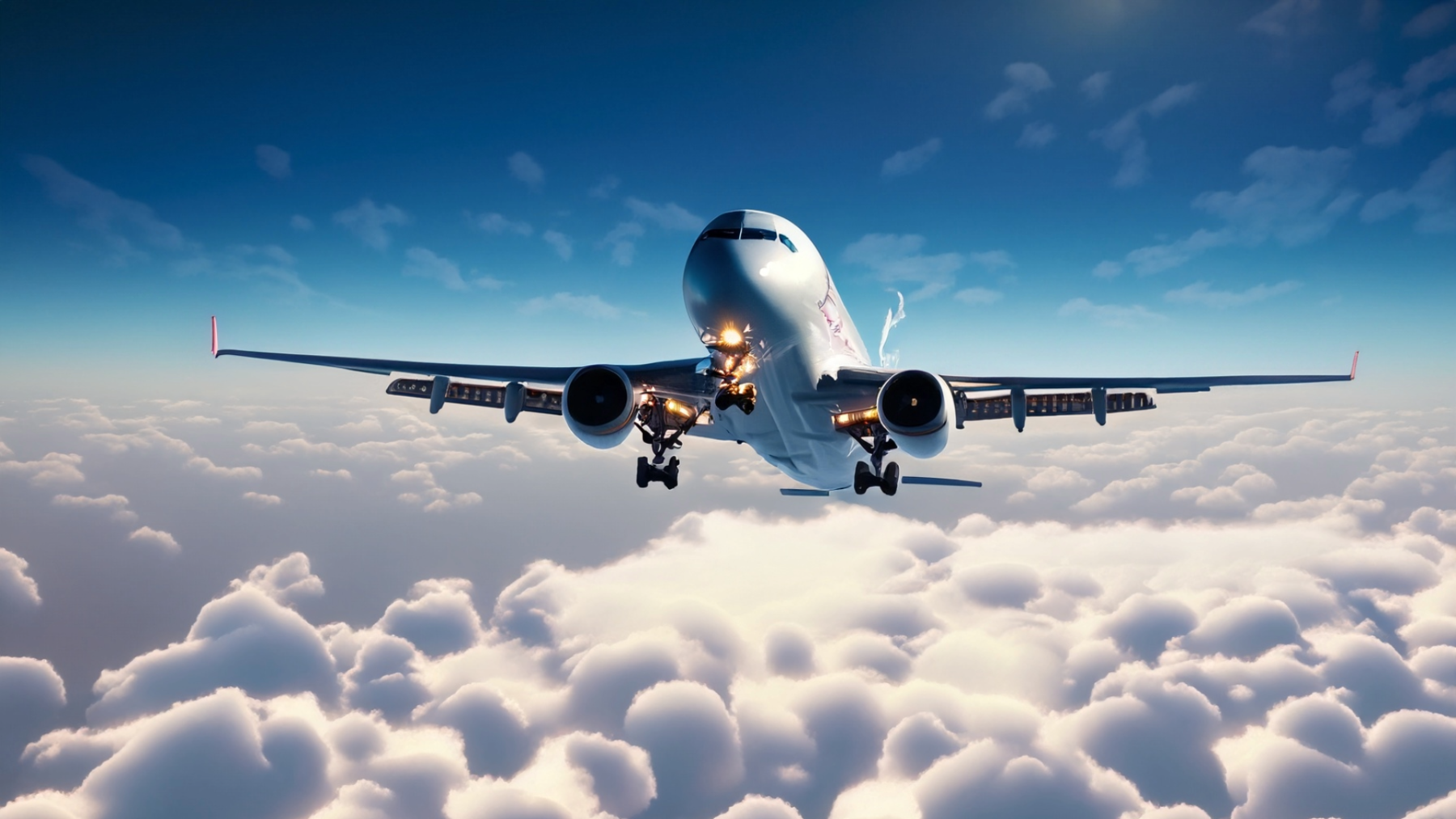
Aeronautics 2-Microsoft Flight Simulator Take-Off & Landing Unit: Lesson 1
This is the first of 7 Take-Off & Landing Lessons. This unit is the start the Aeronautics 2 lessons. Students must have completed the 8 Basic Handling Unit lessons from Aeronautics 1 course. (See lesson plans from year one of ASAP Fellowship.)
Prior to teaching this lesson, all students must have completed lessons on the follow topics:
History of Flight
Bernoulli’s Principle
Newton’s Laws of Motion
Four Forces of Flight
Earth’s Atmosphere
Aviation Weather
Aircraft Vocabulary
8 Basic Handling Lessons from Aeronautics 1 (See last years ASAP Lesson plans)
https://stemteachers.asu.edu/stem-lesson-plans?sq=huggins
(Note: I do not teach the last two lessons in the Take-Off and Landing unit until the students can successfully complete the Solo lesson. The final two lessons are dead stick landing and landing without an elevator.)
Since this is an individual assignment, I have my students working on various aeronautics related projects until it is their turn to interact with the flight simulator. Having more than one flight simulator allows for more students to complete the lesson in a shorter time.
Microsoft Flight Simulator is set up using real world weather and traffic conditions.
Lesson Plan Link/URL
https://docs.google.com/presentation/d/1tl15GD4TTPQxFUfC06PNP2ozOXw4mFVJ7JbTgS7…Subject Area
Science Physical Science P3: Net Force P4: Energy Transfer Technology 3. Knowledge ConstructorRelated Content

A 4-8 grade STEM lesson 4 of 4 skills improvement and evaluation. Career outlook for UAV/Drone Pilots, paths to becoming a commercial drone pilot. A review of flight dynamics, and the steps that had

Students will discover: I put rotted food into a container with earthworms, where did the food go?

Students design and test a device for an egg drop in this engaging and hands-on lesson. They will document their data, make modifications to designs, and assess what the outcome is of their own drop